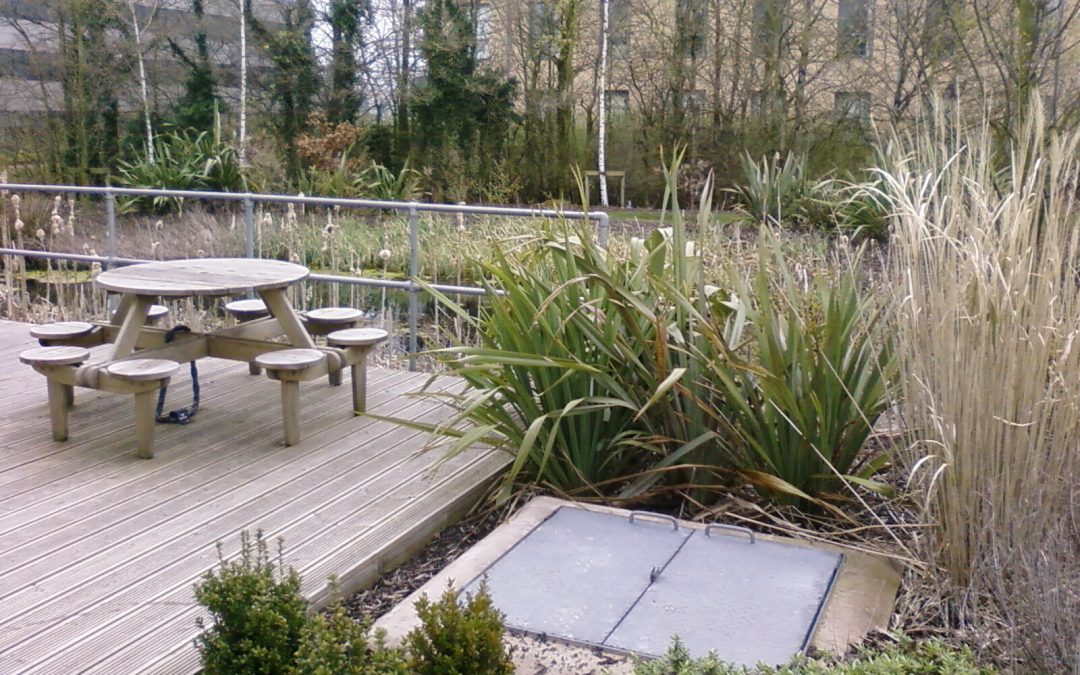Insights

Biodiversity Net Gain is Now Law
For years, the phrase “Biodiversity Net Gain” (BNG) has been a significant topic in environmental and planning circles.
This isn’t about simply mitigating harm; it’s about actively improving the natural environment with every new project.
What this means for developers, landowners, and planning professionals:
- A New Metric: The process is now quantitative. Developers must use the official statutory metric to calculate the “biodiversity value” of a site before any work begins.
This value, measured in “biodiversity units,” establishes the baseline. The challenge then is to design a project that achieves a 10% uplift on this number. - Three-Tiered Approach: Achieving this gain can be done in three ways, which must be followed in a strict hierarchy:
– On-site gain: The most preferred method is to create or enhance habitats within the development site itself. This could involve creating new green spaces, ponds, or planting native hedgerows.
– Off-site gain: If the full 10% cannot be met on-site, developers can purchase biodiversity units from off-site providers.This opens up a new market for landowners who can restore habitats to generate and sell these units.
– Statutory credits: As a last resort, if on-site and off-site options are not viable, developers can purchase statutory credits directly from the government.
Implications and Opportunities
The introduction of BNG will fundamentally change the planning and design process. Developers will need to engage with ecological consultants earlier than ever before. Strategic land acquisition will be influenced by a site’s existing biodiversity value, and innovative design solutions will be needed to integrate nature into every project.
For landowners and farmers, particularly in rural areas, this policy creates a significant new revenue stream. By creating and managing habitats, they can generate biodiversity units and participate in a burgeoning market, effectively turning natural capital into a financial asset.
This is more than just new legislation; it’s a recalibration of our relationship with the land. It’s a powerful tool to help halt the decline of species and create more resilient, nature-rich communities.
More Insights

Sheffield’s office market shows value with growth potential
The latest Knight Frank regional office market review is reporting that 2016 was a relatively quiet year for the local office market in terms of occupier take up. 63 deals completed compared to 84 in 2015 with a total of 201,500 sq ft being occupied, 36% below the...

Vertical farming may be coming to our cities
Living in a nation with a supermarket on seemingly every city street corners we're prone to forgetting the cost of bringing fresh food to the market. Improved logistics has enabled us to bring fresh edible for from the four corners of the planet. It might...

Sheffield’s Chief Executive on the housing crisis
Sheffield's Chief Executive, John Mothersole gives an excellent and realistic outline of the challenges facing cities as the supply of housing land shrinks, forcing down new-build completions and pushing up prices for buyers and tenants alike. This will be a difficult...
A view into Sheffield from outside
It's always wise to listen to outsiders opinion of a city. They have an insight that only detachment can bring, Of course that doesn't mean to say that they are always correct in everything that they say, but it's important to understand external perceptions so that...

The 137 mile SkyCycle Floating Above London
Foster + Partners and Space Syntax – a team who share Lord Foster’s passion for the benefits of cycling – have jointly developed SkyCycle, a new approach to transform cycling in the capital. Following existing suburban railway corridors, a wide, secure deck would be...
